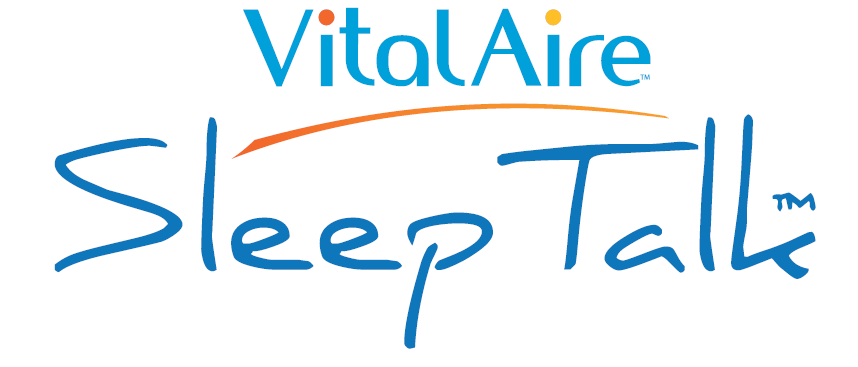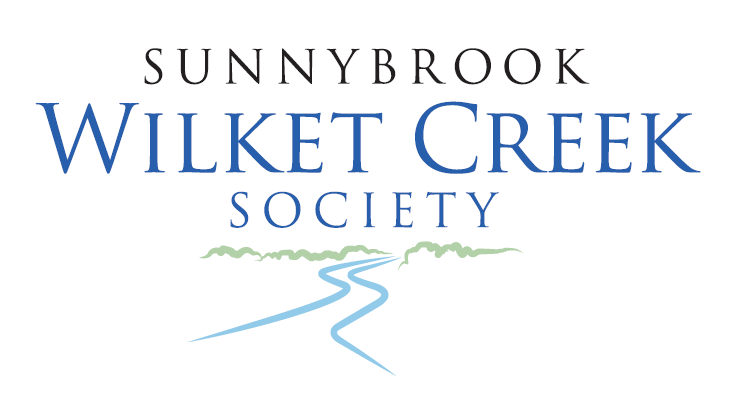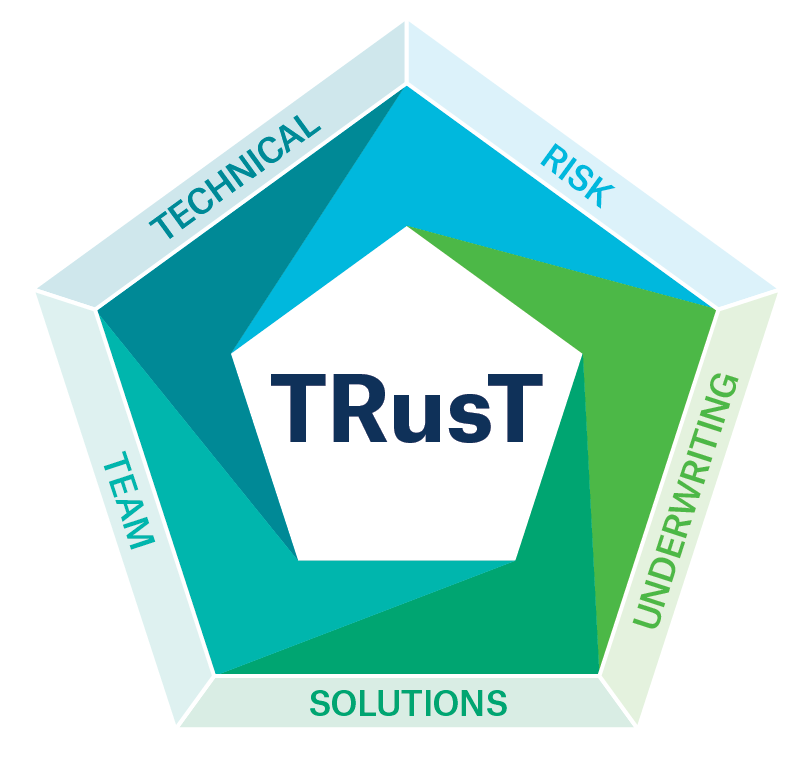VitalAire SleepTalk

Click to subscribe client: VitalAire Canada Inc. objective: Increase therapy compliance. Build engagement and develop loyalty to VitalAire. the work: A monthly email series differentiating VitalAire’s unique clinical positioning and providing clients relevant content to help clients manage their sleep apnea treatment. This was delivered via an all-inclusive agency approach: engagement strategy, creative development, turnkey […]
CMiC LinkedIn Lead Generation Campaign

client: Computer Methods International Corp. objective: Engage prospects and drive targeted sales leads to book of demo of North America’s leading construction management software. the work: Build a presence online targeting industry decision makers with blog and social content, Google PPC and LinkedIn sponsored ads. Create and offer valuable industry content as e-books, white papers […]
Sunnybrook Foundation Mid Level Giving Program

client: Sunnybrook Foundation objective: Recognize mid-level donors to build relationships and support. the work: Conduct an analysis of the competitive giving environment. Adapt the case for giving for the mid-level donor group. Commission original Wilket Creek work of art as key design element. Detail the program benefits for members. Create copy and artwork for brochure, […]
VitalAire Sleep Health Commitment Branding

client: VitalAire Canada objective: Differentiate VitalAire based on its proprietary approach to helping clients manage their sleep health challenges. the work: Strategic development to map and simplify the clients’ condition management journey. Creation of the VitalAire Sleep Health Commitment (SHC) – a sub-brand and promise – supported with unique icons, colours and copy – weighted […]
VitalAire In-Branch Branding

client: VitalAire Canada objective: Developed in-branch point of sale material to strengthen and reinforce VitalAire’s leadership. the work: Develop impactful posters with key brand messages and flexible lug-ons with secondary messaging to promote marketing or in-branch activities. Sourced an easy to install and use frame and communicated clearly with staff to ensure branch compliance. results: […]
Ve’ahavta Outreach Van

client: Ve’ahavta objective: Update branding on Ve’ahavta’s fleet of mobile vehicles. Improve understanding of Ve’ahavta’s mission in urban Toronto amongst people living with homelessness, potential supporters and volunteers. the work: Liaise with vendor and client from concept to make it easy. Create and apply highly visible large format graphics to Ve’ahavta’s Mobile Jewish Response to […]
HSB Canada New Brand Identity

Click to view the video client: HSB Canada objective: Rebrand the Boiler Inspection and Insurance Company of Canada the work: Engage early with the US-based brand agency. Work closely with the Canadian marketing and leadership teams. Interpret and apply new Munich RE global brand standards for the bilingual, Canadian market. results: All new corporate collateral. […]
HSB Canada Video Trade Show Support

https://thinkdo.ca/wp-content/uploads/2023/10/HSB-RIMS-Booth-2022.mp4 client: HSB Canada objective: Encourage conversations between HSB Canada’s teams and curious insurance industry decision makers. the work: Conceive and design a trade show user experience featuring a vertical video panel at the core of a 20’ horizontal booth wall. Edit and reformat recent video work featuring HSB’s breadth of innovation at industry trade […]
HSB Canada TRusT Launch

Click to see the work client: HSB Canada objective: Create engagement around new “acronym” sub-brand: TRusT or Technical Risk Underwriting Solutions Team the work: Create a visual mnemonic that explains the TRusT acronym. Support with collateral material, new video and new trade show booth. results: Best tradeshow presence ever strongly reinforcing client’s new branding and […]
HSB Canada New Product Launch

Click to view the video client: HSB Canada objective: Support launch of Commercial Service Line – new insurance product which protects building owners. the work: Develop branding, sales collateral and a content plan to support the new offering. Consult with client on options to visually portray underground service line breakages without breaking the bank. Champion […]
